Rebuild strength and balance
Learn to use assistive devices or prosthetics
Improve mobility and functional independence
Address pain management and wound care
Cope with the emotional impact of limb loss
Key Components of Your Rehabilitation May Include:
Physical and Occupational Therapy
Receive three hours of therapy, five days a week, focused on building strength, improving balance, mobility, endurance, and range of motion helping you regain functional independence
Wound and Residual Limb Care
Specialized care to promote healing, protect skin integrity, and prepare the residual limb for prosthetic use, ensuring the best possible outcome
Pain Management
Individualized strategies to help manage post-operative and phantom limb pain using a combination of medications, therapies, and supportive techniques
Prosthetic Training
Guidance and training in using your prosthesis effectively, including proper fitting, limb shaping, walking techniques, and daily maintenance to build confidence and mobility
Activities of Daily Living (ADL) Support
Assistance in relearning everyday tasks such as dressing, grooming, cooking, and returning to work or recreational activities empowering you to live independently
Emotional Support and Counseling
Compassionate psychological care to help you navigate the emotional aspects of limb loss, including coping with grief, adjusting to body image changes, and building resilience for the future
